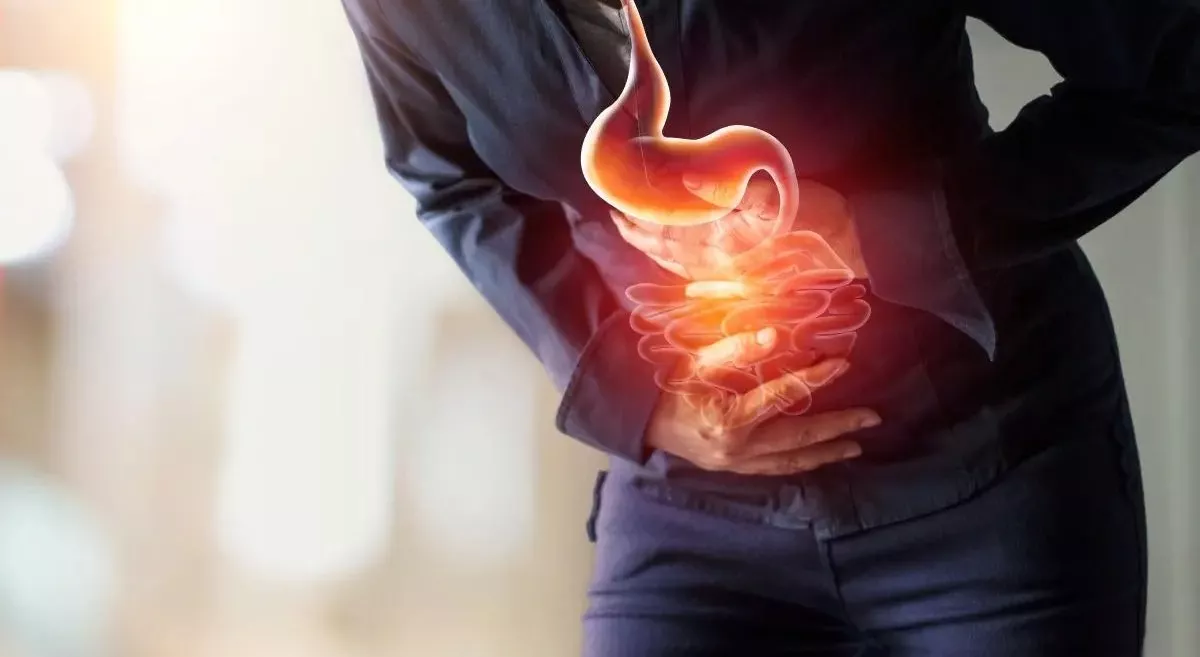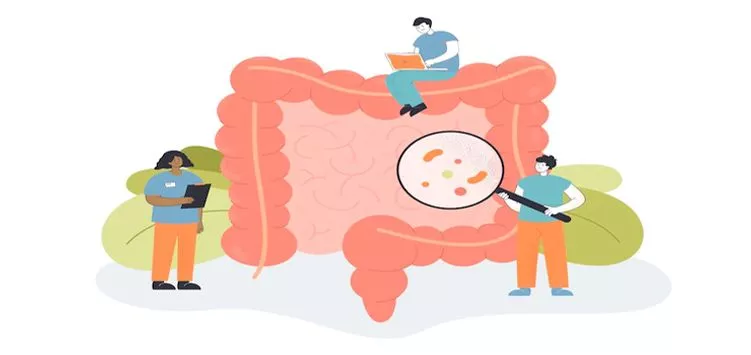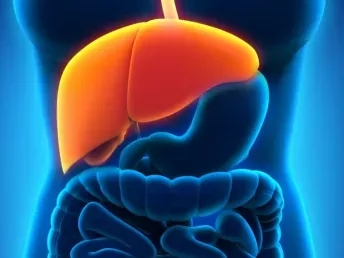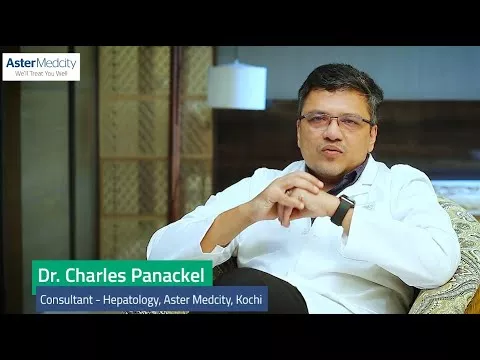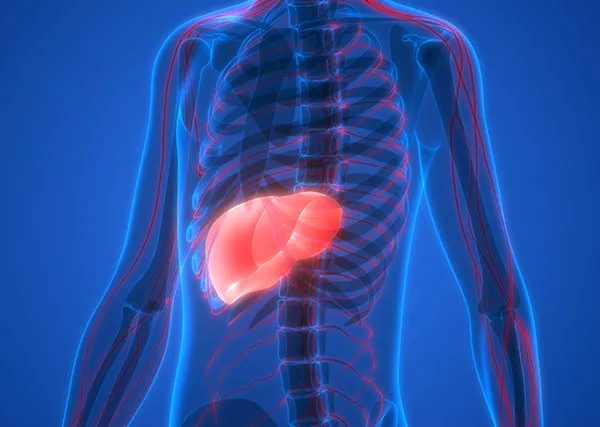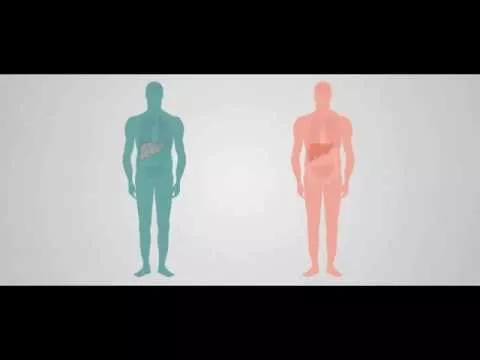What is Endoscopic Submucosal Dissection (ESD)?
Endoscopic Submucosal Dissection (ESD) is a minimally invasive endoscopic surgical technique used to remove tumors or lesions from the digestive tract. ESD is a relatively new procedure that involves inserting a long, flexible tube with a camera and surgical instruments attached through the mouth or anus to the site of the lesion or tumor. This technique allows for the removal of the lesion or tumor without the need for open surgery.
During an ESD procedure, a surgeon carefully injects fluid underneath the mucosal layer of the digestive tract to lift the lesion or tumor away from the underlying tissue. The surgeon then uses a specialized knife or endoscopic scissors to carefully cut away the lesion or tumor while preserving the underlying tissue. The entire procedure is performed under either general anaesthesia or intravenous sedation, and patients can typically return home the same day.
ESD is particularly useful for treating early-stage cancers and precancerous lesions in the digestive tract, as it allows for complete removal of the affected tissue while minimizing the risk of complications. ESD is also associated with shorter recovery times and lower rates of recurrence compared to traditional surgical techniques. However, ESD is a complex procedure that requires specialized training and expertise, and may not be suitable for all patients.
Why and when is Endoscopic Submucosal Dissection recommended?
Endoscopic Submucosal Dissection (ESD) may be recommended for patients with early-stage cancer or precancerous lesions in the digestive tract. ESD is particularly useful for lesions or tumors that are too large or too difficult to remove using traditional endoscopic techniques, such as endoscopic mucosal resection (EMR).
ESD may be recommended for the following conditions:
Early-stage stomach cancer: ESD can be used to remove early-stage gastric cancer that is confined to the mucosal layer of the stomach.
Precancerous lesions: ESD can be used to remove precancerous lesions, such as adenomas, in the digestive tract before they progress to cancer.
Non-cancerous tumors: ESD can be used to remove non-cancerous tumors, such as gastrointestinal stromal tumors (GISTs), that are located in the digestive tract.
Recurrent tumors: ESD can be used to remove tumors that have recurred after previous treatment, such as surgery or radiation therapy.
ESD is typically recommended for patients who are in good overall health and can tolerate general anesthesia. However, ESD may not be appropriate for patients with advanced cancer or certain medical conditions that make them high-risk for surgery. Additionally, ESD requires specialized training and expertise, and may not be available at all medical centers.
How is Endoscopic Submucosal Dissection different from other conventional treatments?
Endoscopic Submucosal Dissection (ESD) is different from other conventional treatments in several ways:
Minimally invasive: ESD is a minimally invasive procedure that is performed entirely through the endoscope, without the need for open surgery.
Complete removal: ESD allows for complete removal of the affected tissue, including the underlying submucosal layer, which is not possible with other endoscopic techniques, such as endoscopic mucosal resection (EMR).
Preservation of organ function: ESD preserves the function of the digestive tract by removing only the affected tissue, while leaving the healthy surrounding tissue intact. This is in contrast to surgery, which may require the removal of a larger portion of the digestive tract.
Lower recurrence rates: ESD has been shown to have lower rates of recurrence compared to other conventional treatments, such as EMR or surgery.
Shorter recovery time: ESD is associated with a shorter recovery time and a lower risk of complications compared to traditional surgery.
How is life after Endoscopic Submucosal Dissection?
Life after Endoscopic Submucosal Dissection (ESD) can vary depending on the individual and the extent of the procedure. In general, most patients can return to their normal activities within a few days to a week after the procedure.
During the recovery period, patients may experience mild discomfort or pain in the area where the ESD was performed. This can usually be managed with over-the-counter pain medications or prescription pain medication, as needed. Patients may also need to follow a special diet for a period of time after the procedure, which may include avoiding solid foods or certain types of food that can irritate the digestive tract.
Follow-up care after ESD typically involves periodic monitoring with endoscopy or imaging studies to ensure that the lesion or tumor has been completely removed and to check for any signs of recurrence. The frequency of follow-up care will depend on the individual patient's situation and the type of lesion or tumor that was removed.
In some cases, ESD may be curative, meaning that the lesion or tumor is completely removed, and the patient is considered cancer-free. In other cases, additional treatment may be necessary, such as radiation therapy or chemotherapy, to reduce the risk of recurrence or to treat any remaining cancer cells.
Overall, life after ESD is generally good for most patients, with a high rate of success and a very minimal risk of complications.
Blogs
The source of trustworthy health and medical information. Through this section, we provide research-based health information, and all that is happening in Aster Hospital.

